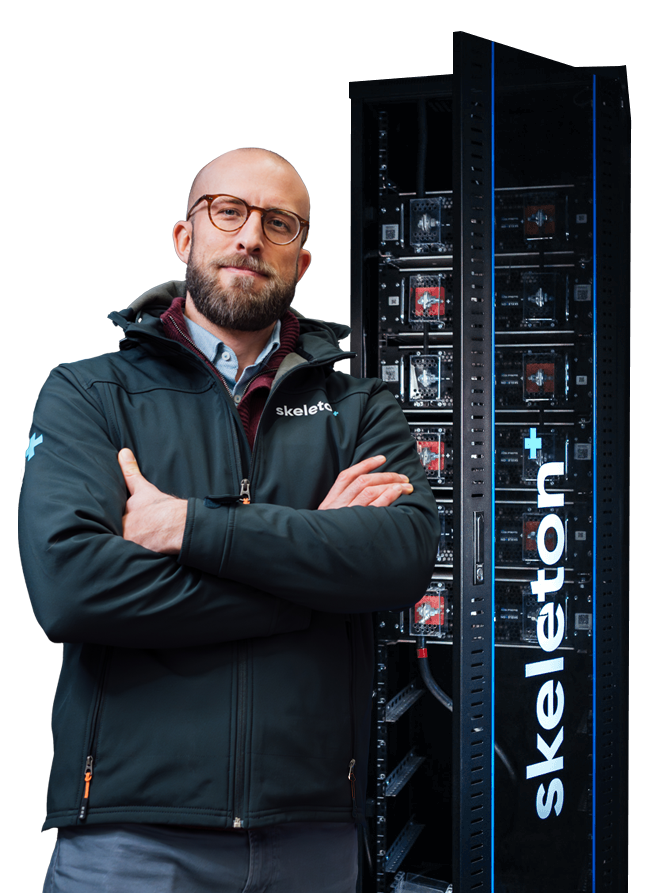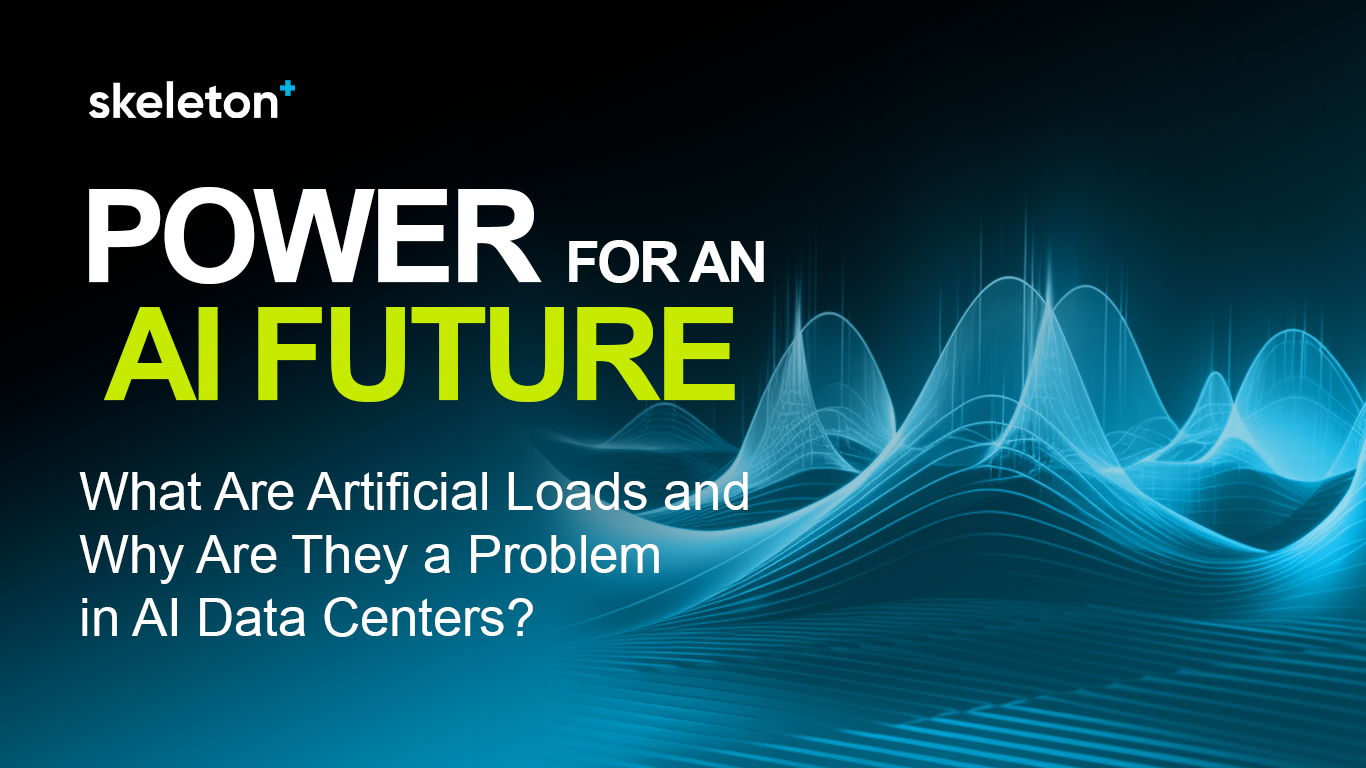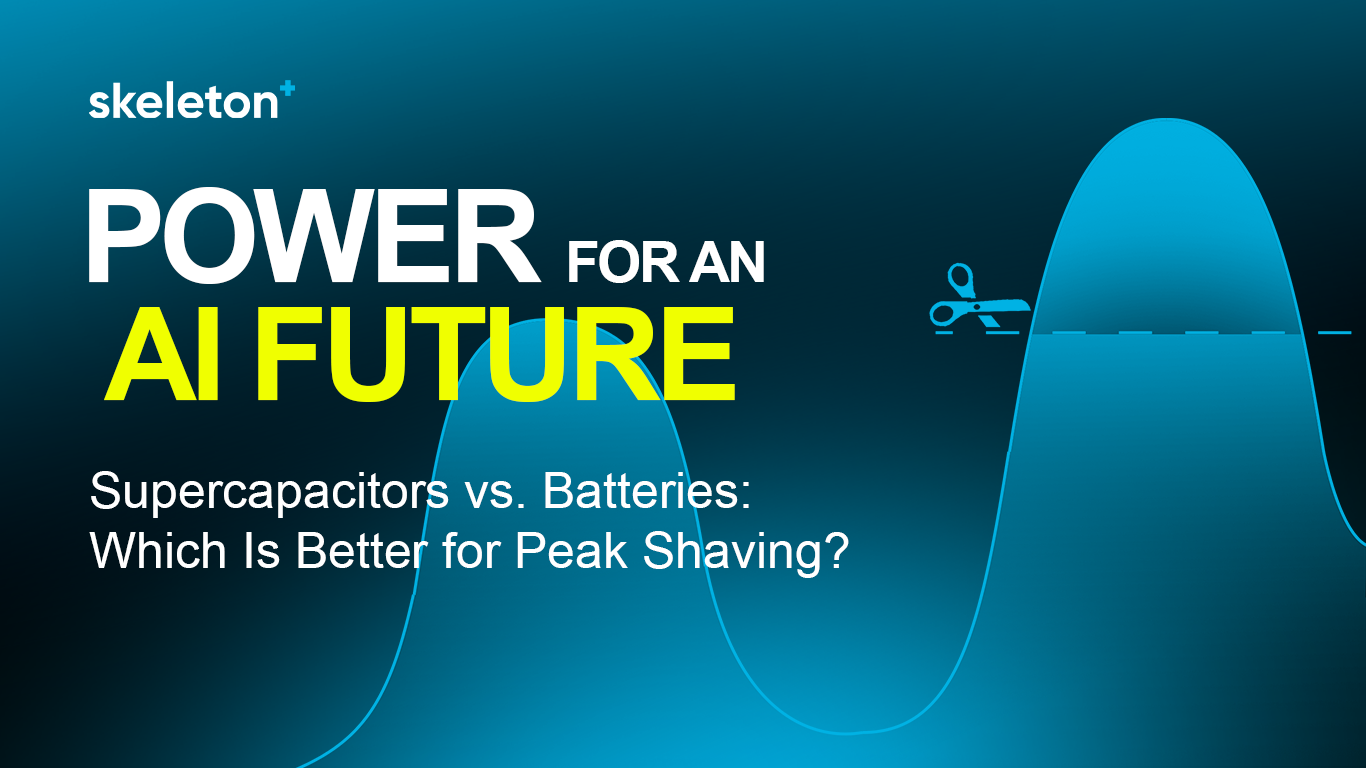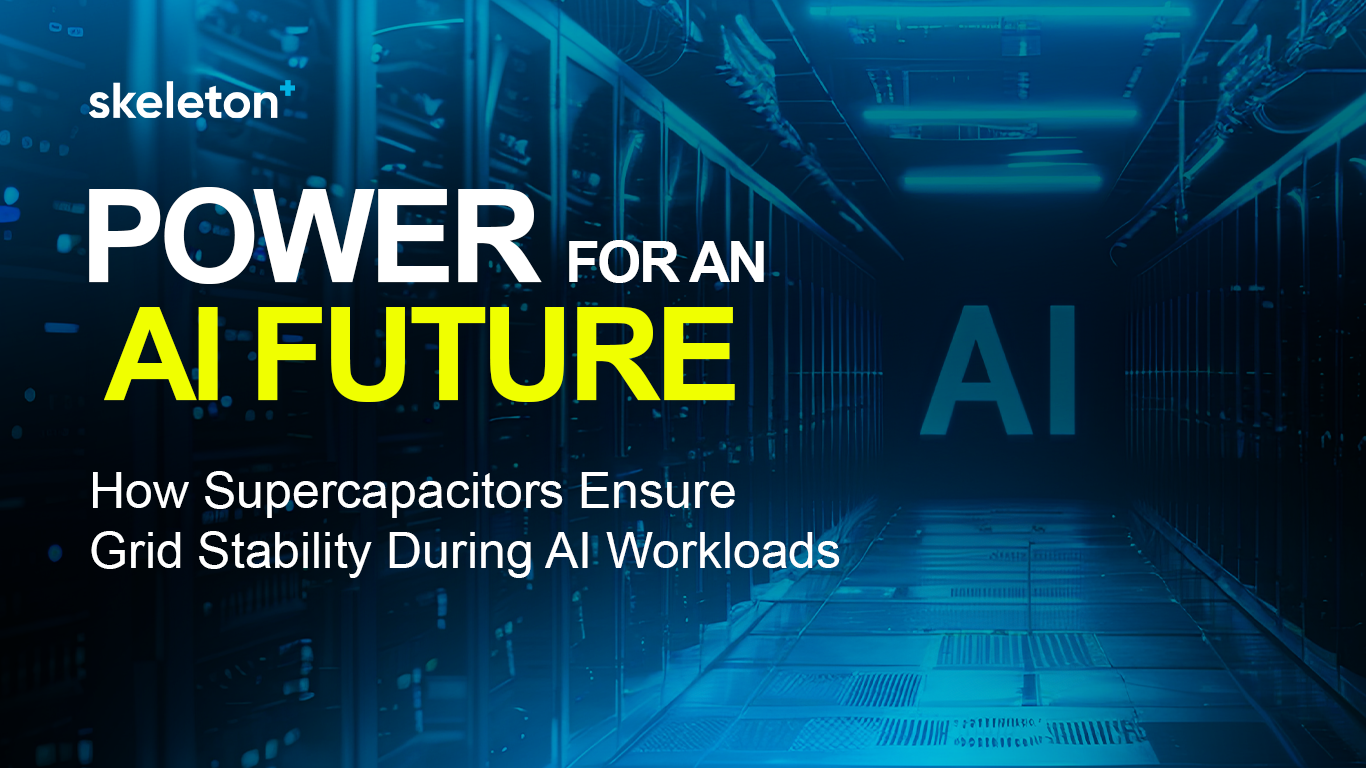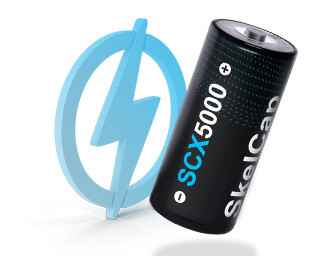
The Grid’s Not Ready for AI — But Your Data Center Can Be
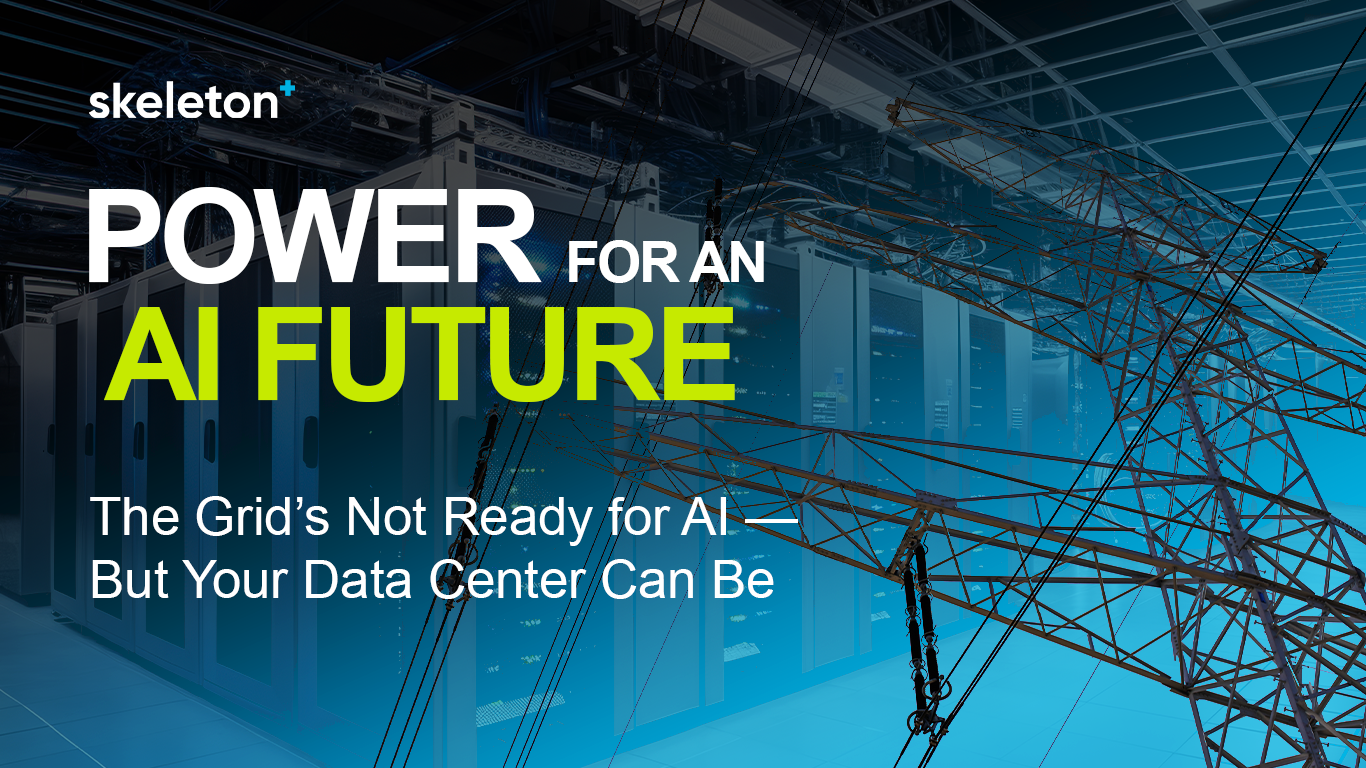
The rise of AI is accelerating faster than the infrastructure designed to support it. AI training and inference workloads demand unprecedented energy, especially when scaled across hyperscale data centers. Yet the power grid built for a different era is already showing signs of strain. From California to Frankfurt, utilities are warning: the grid isn’t ready.
If you’re an AI data center operator, this is not a future problem. It’s a present one. Fortunately, forward-thinking design during the construction phase can reduce your dependence on the grid, control long-term costs, and unlock higher GPU performance with smarter power management.
The Grid’s Breaking Point
AI workloads are unlike traditional cloud services. A single training run of a large language model can consume as much electricity in a few weeks as hundreds of homes do in a year. According to the International Energy Agency, data center electricity use could double by 2030, with AI being a leading driver.
In the United States, grid operators like PJM Interconnection and the Tennessee Valley Authority are warning of a steep rise in demand that could quadruple by the end of the decade. In Europe, Ireland and the Netherlands have paused or capped new data center projects due to grid constraints. In Asia, Singapore instituted a moratorium on new data centers for the same reason.
The problem is twofold: demand is growing faster than infrastructure can expand, and AI’s power draw is highly dynamic. When a GPU cluster spikes from idle to full load in milliseconds, it creates ripple effects across substations and transformers that weren’t designed for such volatility.
Design for Grid Readiness from Day One
For new AI-focused data centers, the smartest way to mitigate this risk is to address it during the design and construction phase. That means building facilities that are not just energy efficient, but grid-aware and grid-flexible.
Key strategies include:
| Power Buffering and Peak Shaving | Rather than drawing peak load from the grid, buffer the surge locally. |
| Reduced Grid Connection Size | Avoid costly utility upgrades and long permitting delays by reducing peak draw at the connection point. |
| Avoiding Artificial Loads | Legacy infrastructure often uses artificial “dummy” loads to stabilize power systems—inefficient, costly, and unnecessary with modern alternatives. |
How GrapheneGPU Reduces Grid Strain
GrapheneGPU is designed for exactly this challenge. It uses ultrafast supercapacitors to buffer power fluctuations in real time, absorbing spikes and filling dips at microsecond speeds. This makes it possible to eliminate artificial loads, stabilize voltage at the rack level, and reduce total grid draw—without sacrificing GPU performance.

Here’s how GrapheneGPU changes the equation during construction:
Up to 44% Smaller Grid Connection: By smoothing and buffering power at the local level, GrapheneGPU allows operators to downsize their peak power requirements. This can eliminate the need for costly grid upgrades or long waits for utility approvals.
Supports High-Density GPU Deployments: Real-time power smoothing reduces voltage sag and thermal derating, allowing more GPUs per rack and more racks per site without redesigning the electrical backbone.
Improved Energy Utilization: With no need for dummy loads and fewer thermal losses, energy goes directly to computation, reducing operating costs and carbon impact.
Future-Proof Power Infrastructure: Because GrapheneGPU reacts in under 10 microseconds, it can handle the unpredictable spikes of next-generation AI models and hardware. It integrates directly with ORV3 standards and supports both 48 VDC and 400 VDC architectures.
The Path to Scalable AI Without Scalable Risk
For operators planning new AI data centers, relying on a grid that’s already overstretched is a gamble. Instead, by incorporating supercapacitor power balancing into your facility from the ground up, you insulate yourself from grid volatility and energy pricing shocks. Grid modernization is a decade-long process. AI won’t wait that long. GrapheneGPU offers a way to design for tomorrow’s compute at today’s infrastructure limits.
To learn how to integrate GrapheneGPU into your AI data center plans, contact Skeleton Technologies and future-proof your power today.
